radar
Latest
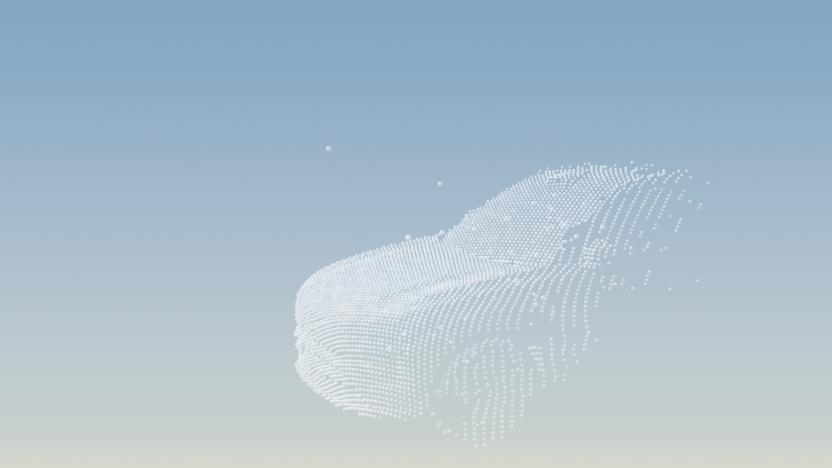
Volvo has developed the world's first interior radar system for cars
In order to prevent heatstroke from pets and children locked inside cars, today Volvo announced the world's first interior radar system for cars, which is set to debut on the upcoming EX90 electric SUV.
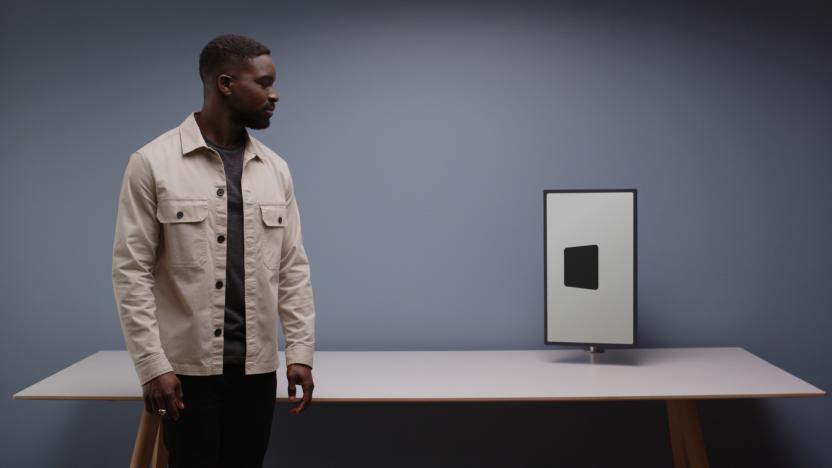
Google wants devices to know when you're paying attention
In the first episode of its new series "In the lab at Google ATAP," the company is showcasing what it envisions may be its new interaction language.
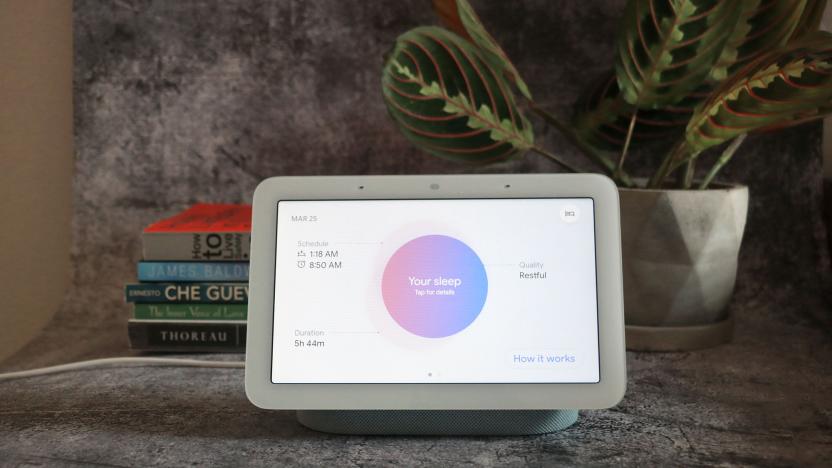
Google and Ford want to bring small radar to more devices
Google and Ford are partners in a new standard that could bring radar to more devices for touch-free control and health tracking.
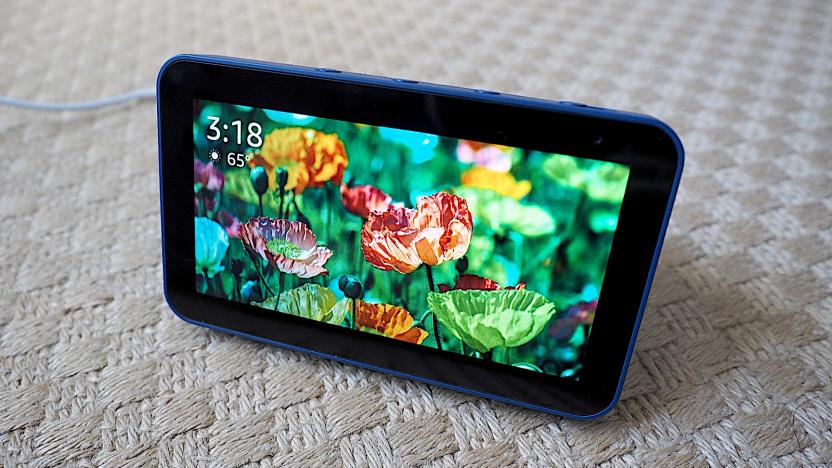
Amazon hopes to track your sleep habits with radar
Amazon now has FCC approval to use radar to track your sleeping habits, much like what you see in the Google Nest Hub.
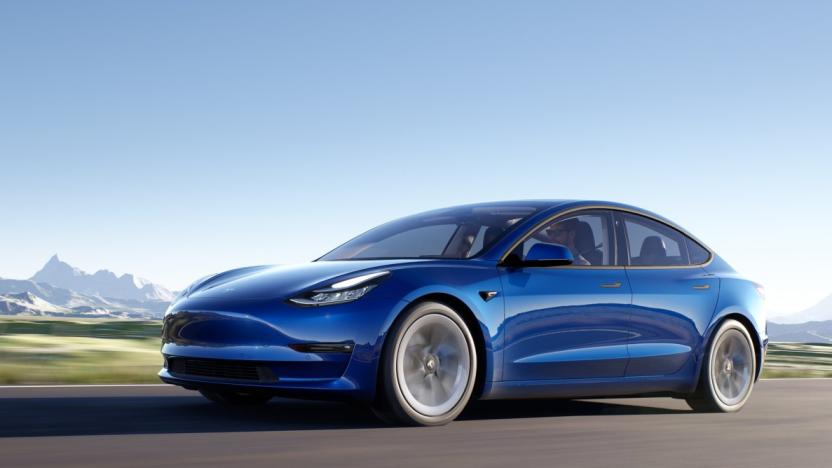
NHTSA pulls driver assist designations for 'Tesla Vision' cars
NHTSA took away the checkmarks noting several driver assist safety features on new Model 3 and Model Y EVs that use Tesla Vision.
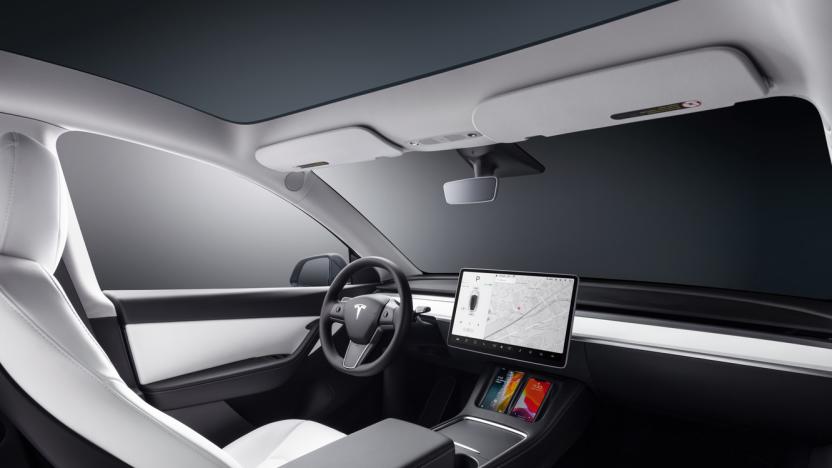
Tesla starts phasing out radar sensors in favor of vision-only Autopilot
New Tesla Model 3 and Model Y vehicles will rely solely on cameras to feed info for driver assist systems like "Full Self Driving" and Autopilot.

New space radar in Costa Rica can track even tiny orbital debris
There's a new giant space radar in Costa Rica that can track orbital debris as small as two centimeters.
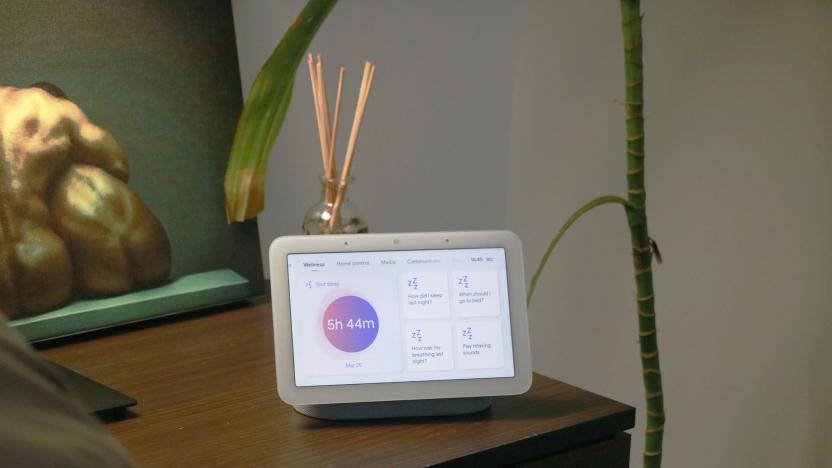
Google Nest Hub (2nd gen) review: A great smart display and mediocre sleep tracker
For $100, the Nest Hub is already a compelling smart display that’s cheaper than the original, with the sleep tracking being an added bonus. But based on my testing, I’m not sure I can count on it to improve my sleeping patterns just yet.

Ring’s Video Doorbell Pro 2 has built-in radar
The surveillance implications are something.
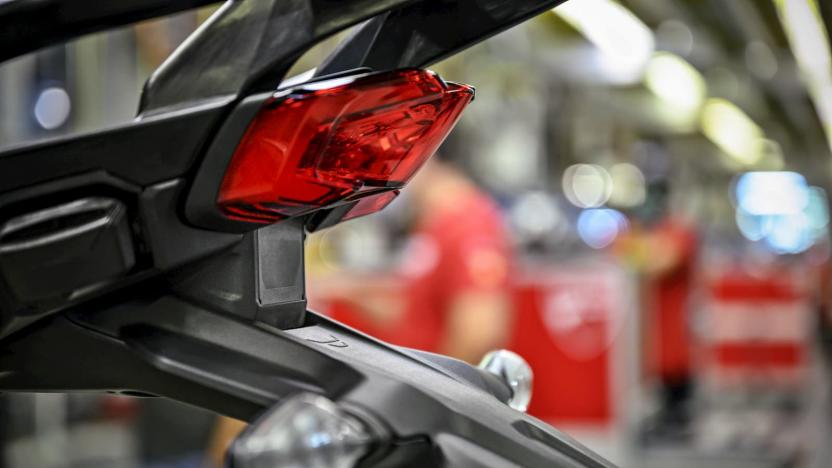
Ducati is producing a motorcycle with built-in radar
The Multistrada V4, which is in production, has rider assistance features.

Google explains the complex tech behind the Pixel 4's gesture radar
The Pixel 4's radar-powered Soli motion-sensing system now lets you play and pause music with a swipe, which might seem like a simple thing to implement. According to a new explainer post by Google, however, Soli doesn't work exactly how you might expect, and required a lot of new deep learning tech and training to make it work.

Lexus makes camera and radar safety features standard for 2020 cars
You'd think that luxury automakers would load their cars with safety tech by default, but that's not always the case -- it hasn't been for Lexus, anyway. However, the company is making amends for that shortfall. It's making its Safety System+ a standard feature for all its vehicles, starting with the 2020 model year. These camera- and radar-based features aren't particularly new, but some of them have been reserved as options (or for higher-end models) until now.
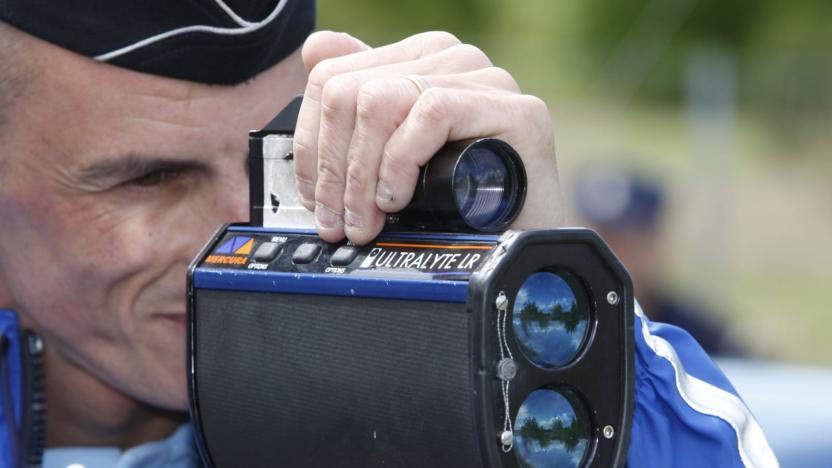
Google Maps speed limits and radar locations arrive in 40 countries
After running limited tests in the US and elsewhere, Google Maps is rolling out speed limit warnings and both fixed and mobile radar locations in over 40 countries, Google has confirmed to TechCrunch. The features are borrowed from Google-owned Waze and will appear in the iOS and Android Maps. The speed limit signs are located in the bottom corner of Maps and the radar and photo radar traps appear as icons on the virtual roads.

Google wins FCC approval to keep developing radar-based hand sensor
Google's Advanced Technology and Projects (ATAP) team has been working on Project Soli since 2015. The gesture-based system uses broad beam radar to detect and capture hand movements, turning them into commands for mobile devices. Until now, though, the tech has been restricted, with some companies -- including Facebook -- claiming that the high frequency levels required might interfere with existing technology. Now, the FCC has granted a waiver that will allow Soli to operate at higher levels than currently allowed, and therefore continue development as Google originally intended.

MIT finds a way for submarines to talk directly to airplanes
Submarines can't normally communicate directly with anything above the water due to the physical limits of their signal, but that might change in the near future. Researchers have developed a wireless system that can transmit data from an underwater source to the air. The approach, known as translational acoustic-RF communication (TARF), sends a sonar signal to the surface, where tiny vibrations at different frequencies correspond to the 0s and 1s of binary data. Above the water, an extremely high frequency radar (30GHz to 300GHz) can pick up on minuscule changes in signal angles that relate to the data bits. It's just a matter of processing the bits into meaningful data after that.

Scientists invented a real-life flux capacitor, but not for time travel
If you watched Back to the Future over the holiday weekend and wished the flux capacitor was a real thing so you could travel through time, we have sorta good news. Scientists from Australia and Switzerland have proposed a real-life flux capacitor -- but you won't be able to travel back to a high school dance in the '50s with it.
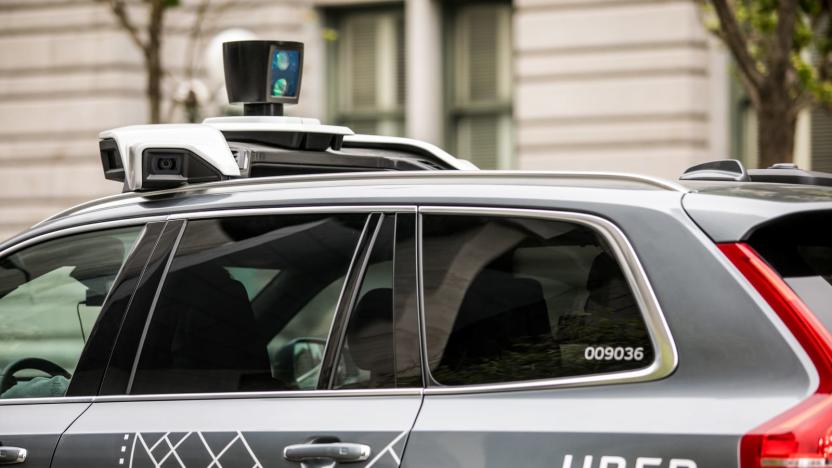
Uber reportedly reduced the number of sensors on its autonomous cars
Uber is facing some intense scrutiny after one of its self-driving cars struck and killed a pedestrian in Arizona ten days ago. The company (along with it's partner, NVIDIA) has stopped testing its autonomous vehicle in cities across the US, and the Arizona governor suspended the tests specifically in that state. According to a report by Reuters, Uber allegedly scaled back on the number of safety sensors used to detect objects in the road, resulting in a blind zone on the Volvo SUV model involved in the accident.
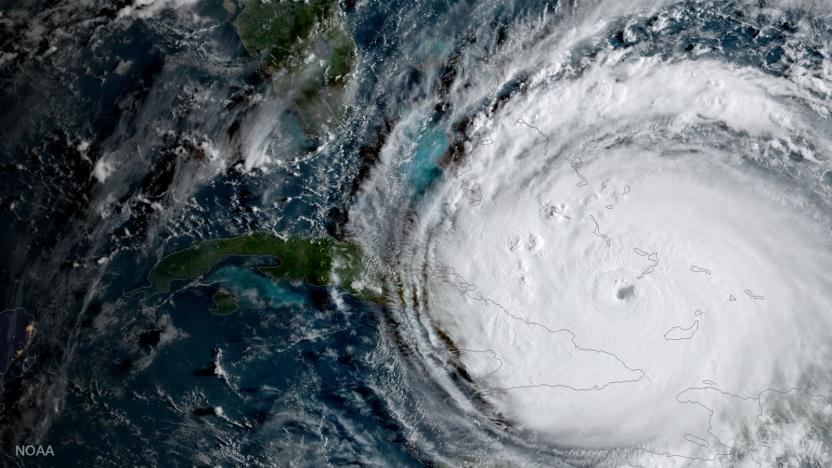
France and China will study ocean-based climate change next year
France and China, both key leaders of the Paris Climate Accord now that the US is leaving, have unveiled a new satellite to better predict storms and model climate change. The China-France Oceanography Satellite (CFOSAT) includes two radars that can study both wind strength and direction as well as the direction and wavelength of ocean waves. The latter can help scientists predict heat waves and other important climate data, according to recent studies.

Columbia researchers might have the key to wireless VR
The millimeter wave frequency has the potential to do a lot. So far it's helping power 5G cell networks, but research from Columbia Engineering could expand that to self-driving cars and virtual reality headsets. It's a little dense, but the key bit is that the team figured out a new nonreciprocal way to transmit the waves, by using "carefully synchronized high-speed transistor switched that route forward and reverse waves differently." The school says it's basically like two trains charging head on on the same track, with them switching tracks at the last possible second.

Forecast data model warns you of tornadoes hours in advance
Meteorologists usually only issue warnings for tornadoes when they're imminent, which gives you precious little time to take cover -- the American average is just 13 minutes. NOAA researchers may soon give you much more time to get to safety, though. They recently conducted the first practical test of a new model, Warn on Forecast, that gives you up to 3 hours' notice. The technique merges radar, satellite and surface data into a highly detailed prediction model. When you make frequent-enough predictions (every 15 to 20 minutes), you can tell when incoming weather patterns are very likely to trigger warnings.










